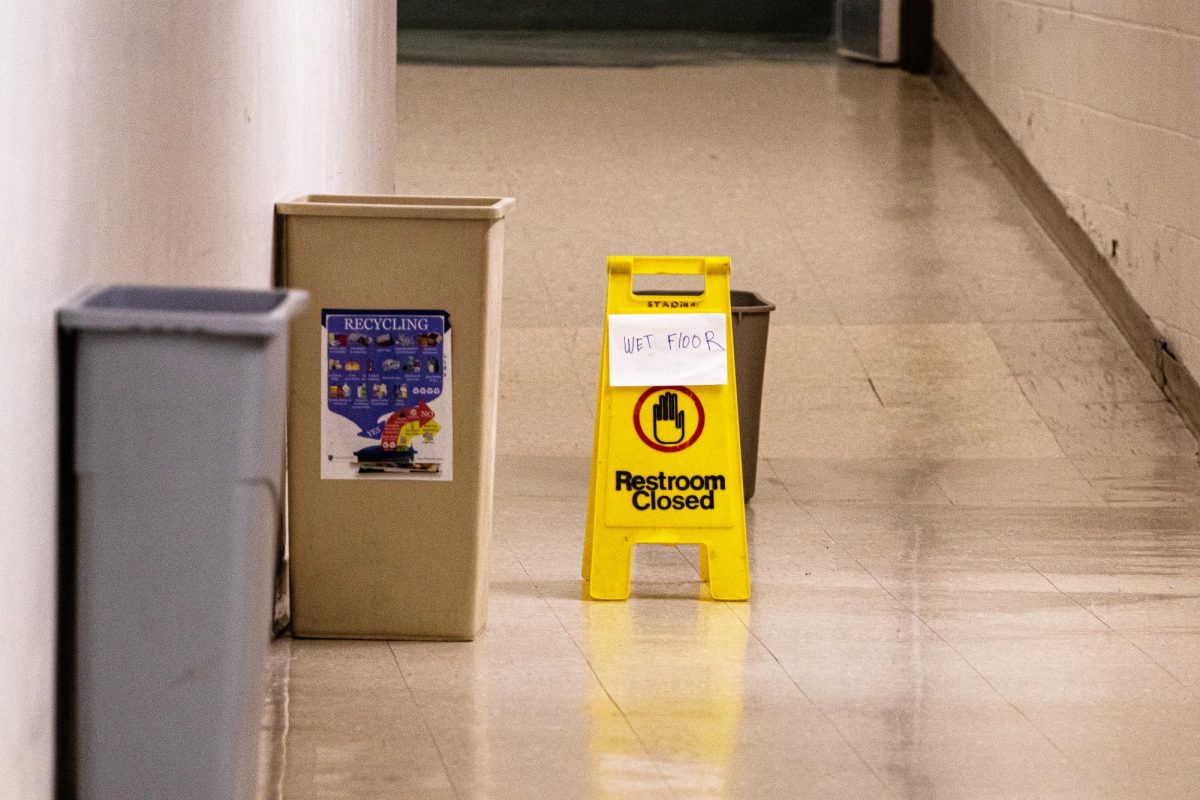To begin, I’d like to make everyone aware of two tips I received from reader emails this week. One, from an older Mac alum, recommended Preparation H for easing the “sting” of anal sex. The other recommended an event series called Kink U, “which explores kink and kink-adjacent topics to help inform safety and consent, as well as to build community. Classes have included how to take care of latex rubber, how to safely flog someone and how to support community members in their sobriety. All classes and workshops are open to people 18+ and the organization strives to be all-gender friendly.” In the past, the event series has taken place at the eagleBOLTbar in Minneapolis. Thanks for the suggestions, kind readers!
And now to the meat of the column—this week we’ll be discussing penises. I acknowledge that when I write this column, I am often not thinking of bodies with penises. As a gay non-binary person without a penis in a long-term monogamous relationship with another person without a penis, I would venture to say that the phallus is largely absent from my life. In fact, if you promise to keep this just between us, I’ll tell you a secret: the only penis I’ve ever seen in real life was my little brother’s when we were toddlers. I know, I know. How am I even qualified to write this column if I’ve never seen a real-life penis before?! Luckily for all of us, I have enough super tech skills to successfully dig up information on the elusive tallywhacker despite having no practical experience to back it up.
Let’s start with the basic process of erection to ejaculation. In response to an arousing stimulus (or apparently, during puberty, literally anything), the brain sends out chemical messages intended to relax the two main arteries of the penis to increase blood flow. The dual chambers of the penis, called the corpora cavernosa, fill with blood as the arteries expand and veins contract. As long as this blood flow is maintained, the spongy tissue of the penis remains saturated with blood and thus holds an erection. Often, people with pensises experience difficulty urinating while they have an erection, as muscles near the bladder block the passage of urine into and out of the urethra.
Sperm cells begin their lives in the testes, specifically tangled masses of tubes called seminiferous tubules where, after production, they are transported to the epididymis for storage and maturation. If an erection is being pursued to ejaculation, sperm cells begin to move to the vas deferens, a tube which terminates in the ejaculatory ducts. The seminal vesicles, meanwhile, produce a fructose-rich fluid which provides sperm cells with the energy to move. This sugary fluid makes up the majority of the ejaculate, most often called semen. The prostate gland (accessible by anus and a source of extreme pleasure for many people) also contributes nutrients to the sperm cells by contributing prostate fluids to the ejaculate. Before the semen can proceed out of the urethra and into the world, bulbourethral glands secrete a substance directly into the urethra that acts as lubricant and neutralizes acidity from any residual urine. The ejaculate then proceeds out of the ejaculatory ducts, into the urethra and out of the opening in the glans of the penis called, hilariously, the meatus.
Visible on the outside of the body is the penis, consisting of the glans, shaft and root, and the scrotum, which houses the testicles. At birth, most people have a loose skin covering the glans called the foreskin which, if circumcised, will be removed. The average penis size in the US, according to a 2013 study by the Journal of Sexual Medicine, is 5.3 inches long when erect and 4.8 inches in circumference. Testicles, on average, are about one inch wide and two to three inches in length, with apparent scrotum size varying depending on temperature.
Just like it’s important for people with breasts to do self-checks for lumps, it’s important for people with testicles to do the same. There’s a lot of information online about the best ways to perform a self-exam on your testes, but to sum up the process: after showering, gently roll one testicle at a time between your thumb and forefinger to check for surface irregularities. Don’t be alarmed if you feel a tubular structure on the back of the testicle, as this is the epididymis and shouldn’t cause concern. If you feel a lump or other irregularity, go to the doctor! Better a false alarm than a serious situation left until too late.
This will be the last column of this semester and as always, it’s been a privilege writing for you. I will return to penises and their pleasure next semester. Have a great break!







Dominic Lee • Sep 11, 2019 at 1:06 am
Its fastidious comical YouTube video, I constantly go to pay a quick visit YouTube website designed for comical videos, since there is much more information available.
Trevor Hardacre • Sep 6, 2019 at 5:56 pm
In favor of my learn reasons, I at all times used to download the video lectures from YouTube, because it is trouble-free to fan-out from there.